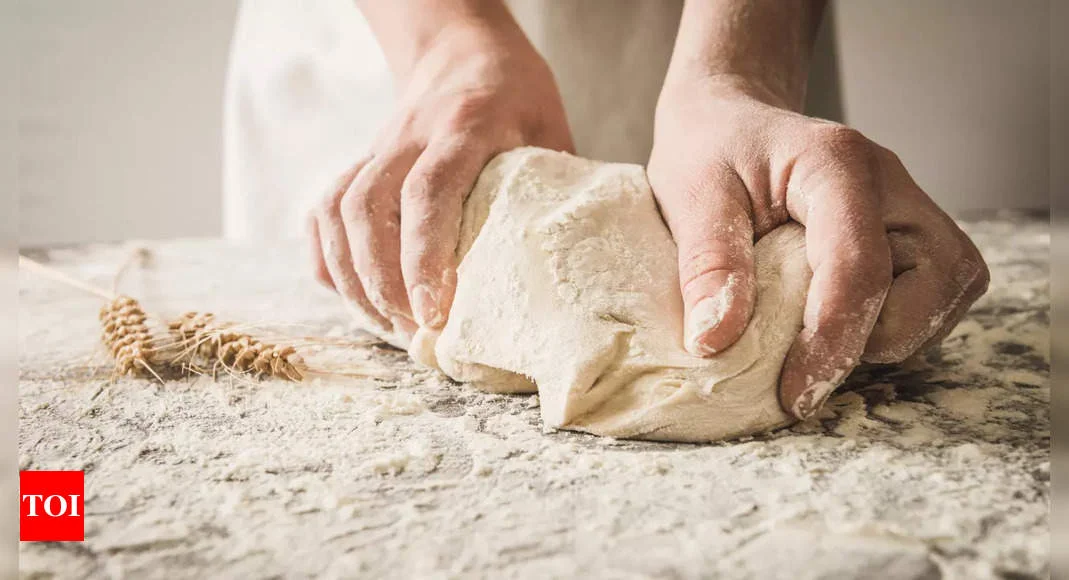Why do women make fingerprints on the dough after kneading it? helobaba.com

Today, we will talk about one practice that is followed in the majority of Indian homes, but people often don’t pay any heed to the practice. In Indian kitchens, women often make fingerprints on the dough after kneading it. Have you ever observed it? Well, we can read that expression. Fret not; after reading this piece of information, do observe it, and you will be able to associate closely with it.
Also Read:8 lesser-known tips to make soft, fluffy parathas
Yes, it is a common household practice followed in Indian homes. But do you know why? Well, while there is no scientific reason behind this, if folklore is to be believed, it is an ancient belief that is closely associated with ancestors.

In India, people of the Hindu religion practice Pind Daan. It is a Hindu ritual that is performed by the family of the deceased person who has left for the heavenly abode. As per the ritual, small dough balls are offered to the deceased, which are round and smooth in shape. It is believed that the balls will help keep the deceased satiated during his or her journey to heaven.
The dough kneaded at home for roti is very similar in look and texture to the balls offered during the Pind Daan, which are meant for the deceased. Indian housewives make fingerprints on the dough after kneading it as a sign to differentiate it from the balls offered during Pind Daan. The fingerprints indicate that the dough is meant for human consumption and not for any deceased ancestors.

Also, as per beliefs in ancient times, women used to take out one roti every day for their ancestors, another for the cow, and the third for the dog. The practice was followed to show respect to the ancestors, the planet Earth, and other living creatures. The practice is still followed in remote areas of the country.
Also Read:Different types of rotis made in India and why they are unique
If you know someone who follows the practice, share it with them and also let us know if you know of any other beliefs associated with the practice of making fingerprints on the dough after kneading it.
Thumb and Embed Images Courtesy: istock







